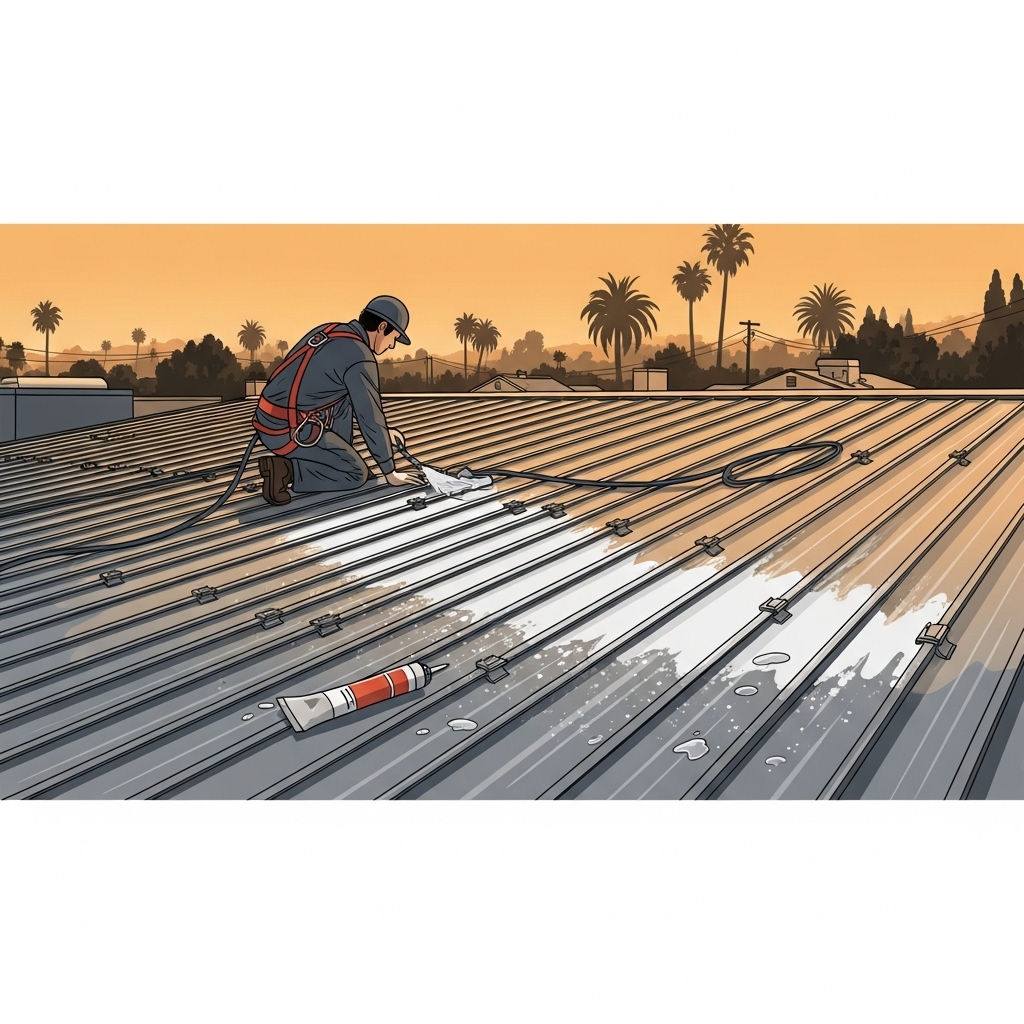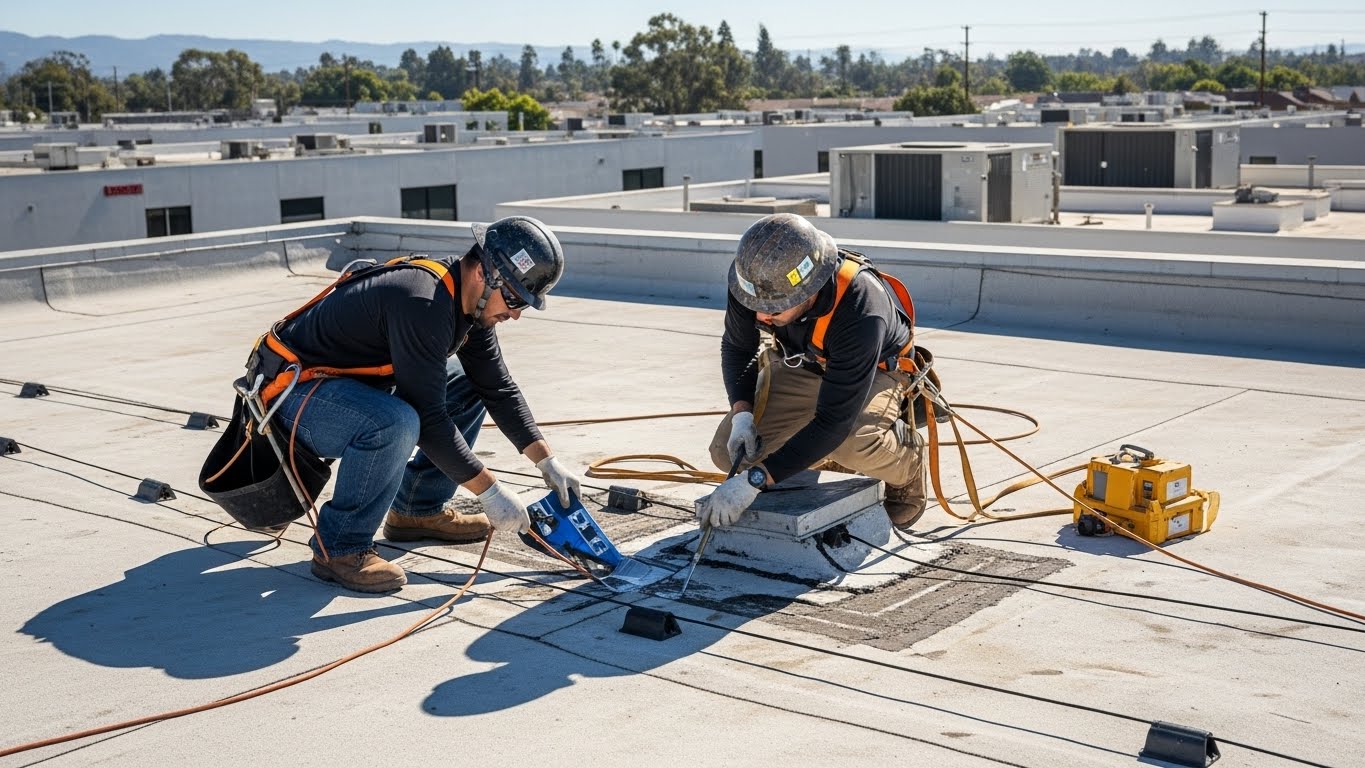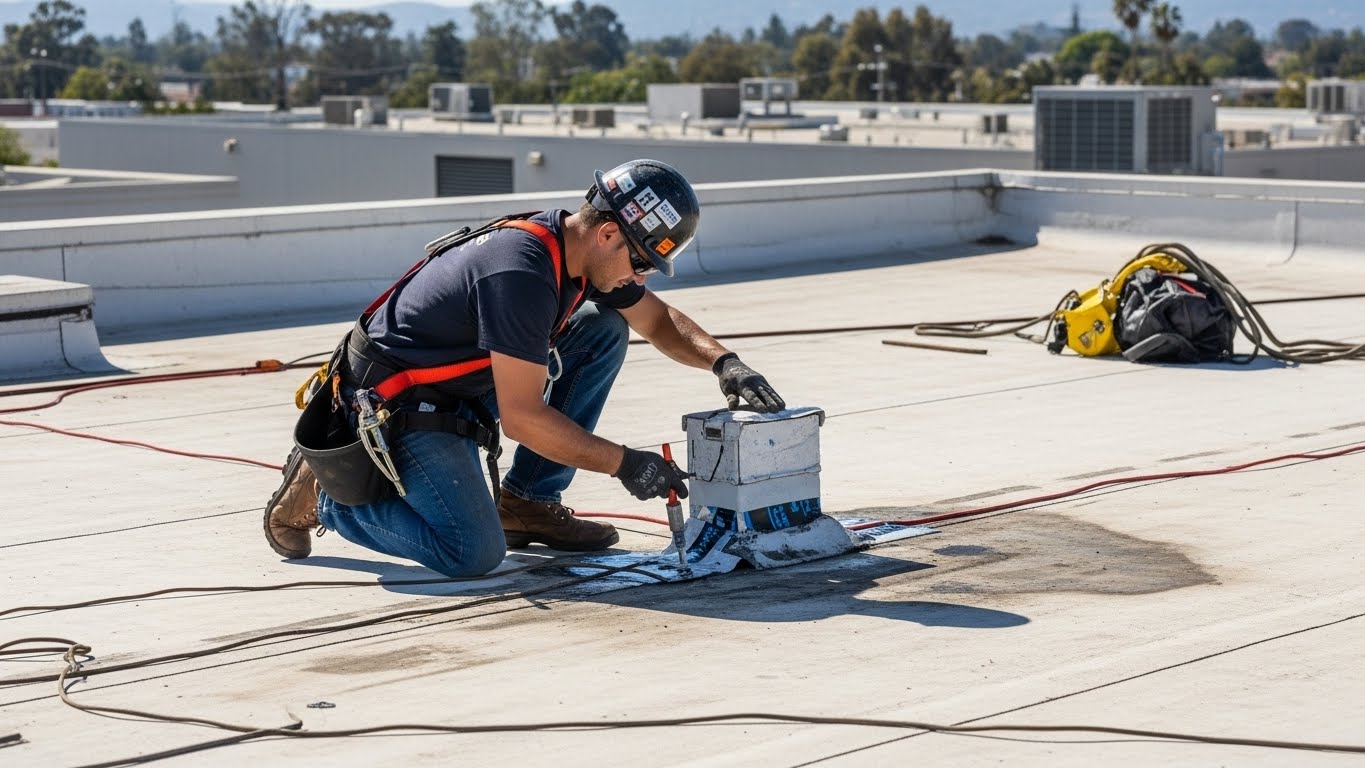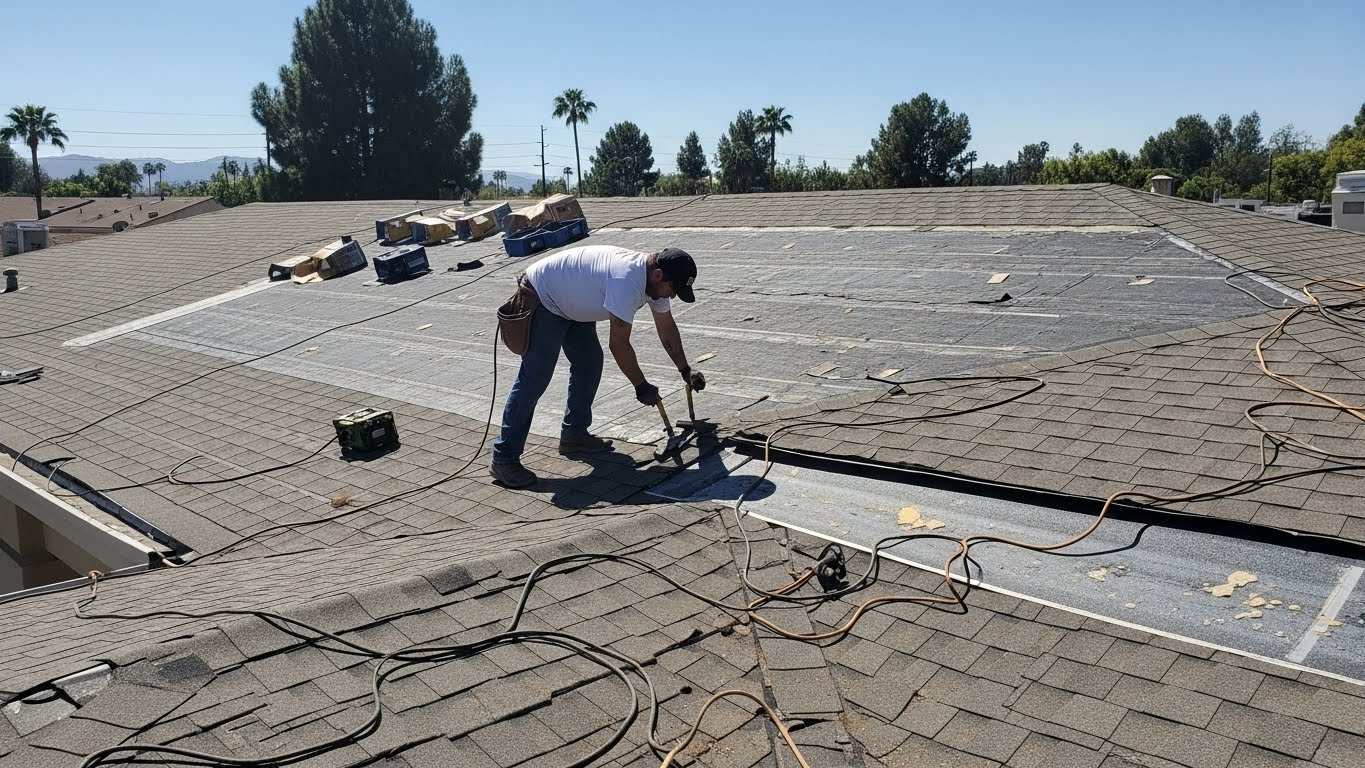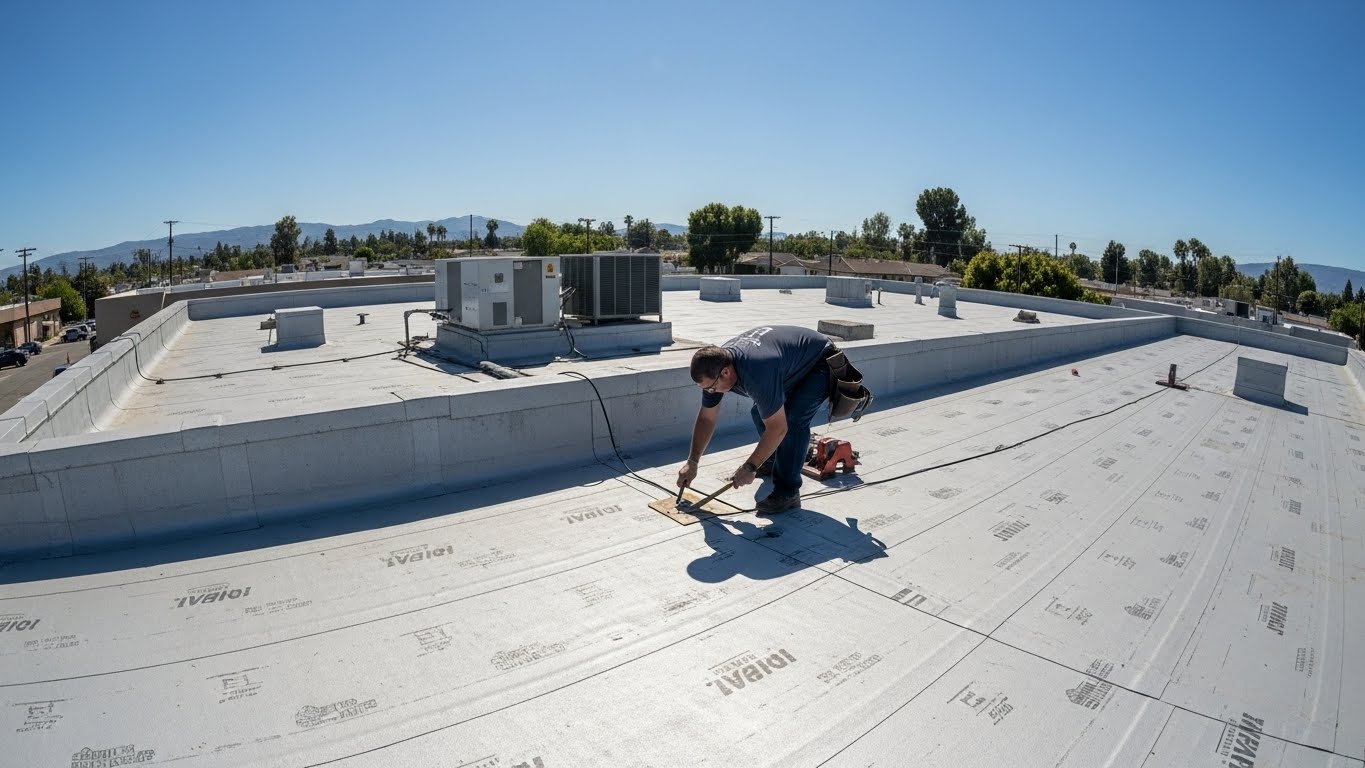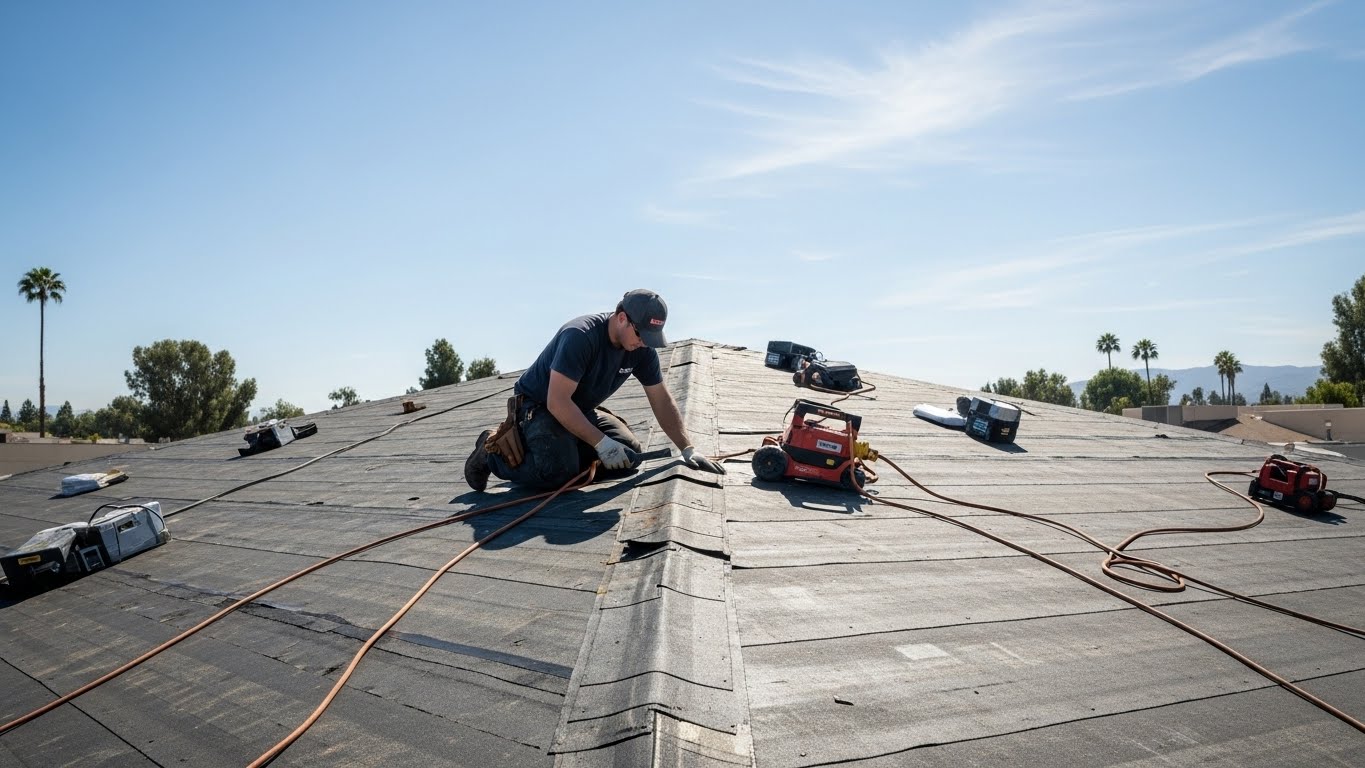Seeing Metal Roofing Clearly
Metal roofing has earned its reputation in Tarzana for strength, longevity, and climate readiness. Still, like any building system, it has pitfalls when products are mismatched, details are rushed, or maintenance is ignored. Understanding the most common issues—how they arise and how to prevent them—helps homeowners enjoy all the advantages of metal with fewer surprises. With our mix of heat, Santa Ana winds, and sporadic heavy rain, paying attention to details during design, installation, and upkeep goes a long way.
In conversations with neighbors from the flats near Ventura Boulevard to the hillside streets, the same themes return: expansion and contraction under relentless sun, water management during rare but intense storms, and the way small choices at skylights and edges can have outsized impacts. The good news is that these challenges have straightforward solutions when the roof is approached as a climate-tuned system rather than a stack of parts.
Oil Canning: The Visual Ripple
One of the most talked-about aesthetic issues in standing seam roofing is oil canning—those subtle waves that can appear on broad, flat panel surfaces. Our hot, bright climate can accentuate it because sunlight rakes across planes and thermal cycles are daily. Oil canning is not typically a performance problem, but homeowners naturally want a smooth, composed look. Prevention starts with panel selection and layout: narrower panel widths, striations or minor ribs, and proper substrate preparation help keep surfaces visually calm. Floating clip systems allow panels to expand and contract without buckling against fasteners.
Installers also play a role by handling panels carefully, storing them flat and shaded, and aligning clips precisely. While some minor waviness can be considered a normal characteristic of thin-gauge metals, thoughtful choices make it far less noticeable, even on sun-facing slopes.
Thermal Movement and Fastener Strategy
Tarzana’s daily temperature swing—cool mornings, hot afternoons—drives constant thermal movement. If a system is not designed to accommodate that motion, fasteners can back out on exposed-fastener roofs or stress can build at seams on concealed-fastener systems. The remedy is simple in concept: allow panels to move where they need to and anchor them where they should not. Floating clips on standing seam assemblies, proper screw patterns, and high-quality fasteners with UV-stable washers on exposed systems maintain integrity through countless cycles.
Periodic maintenance complements design. A quick check of exposed fasteners every couple of years, especially on south- and west-facing slopes that see the most heat, keeps everything seated and sealed. Paying small attention early avoids larger fixes later.
Finish Fading, Chalking, and Surface Care
UV radiation is relentless here. Lower-grade coatings can chalk and fade more quickly, especially in darker colors. Choosing premium finishes with strong UV resistance is the first line of defense. Beyond selection, surface care matters. Dust and pollen that sit on a roof for months can hold moisture and pollutants, subtly abrading finishes. A gentle rinse now and then helps coatings stay crisp and reflective, preserving both look and energy performance.
When touch-ups are needed—perhaps after a branch scuffs the surface—use manufacturer-approved paints and follow their guidance. This keeps warranties intact and ensures color consistency. Avoid harsh cleaners or abrasive tools that can prematurely age the surface.
Water Intrusion at Penetrations
Complex roofs tend to have skylights, chimneys, solar mounts, and plumbing vents—each a place where water wants to test the detailing. In heavy storms, wind-driven rain can push against flashing laps and find flaws. With metal roofing, success is all about the sequence: underlayment lapped correctly, flashing integrated with panels, and sealants used as a complement to, not a substitute for, mechanical water-shedding paths. On solar-ready homes, planning penetration locations in concert with panel layout avoids awkward intersections that are hard to flash elegantly.
Homeowners can do their part by keeping gutters clear and by glancing into attic spaces after the first big storm of the season. Catching a minor issue early—like a drip at a vent boot—prevents secondary damage and keeps the roof system in quiet working order.
Edge Details and Wind Uplift
Santa Ana winds make eaves, rakes, and ridges the front lines. If starter strips are skimpy or fastener spacing is too wide, edges can lift under gusts, leading to noise, loosened trim, or water intrusion. Good practice includes properly gauged edge metal, adequate fastening schedules, and tight integration with fascia. A snug ridge, well-baffled to allow ventilation while blocking wind-driven rain, is a hallmark of a well-executed metal roof in our area.
Homeowners often remark that the difference between an average install and a great one is the quiet during wind events. That quiet is built at the edges.
Gutter Overshoot and Sudden Downpours
Metal sheds water quickly, which is usually a good thing—until a brief cloudburst sends sheet flow over shallow gutters. Overshoot is most common where gutters are undersized or set too low relative to the drip edge. The fix is straightforward: size gutters generously, mind the drop, and ensure downspouts can carry the flow. On modern designs with hidden gutters, build in access points and robust liners so maintenance is possible and leaks have nowhere to hide.
Thoughtful water design not only prevents staining and erosion at the base of walls; it also preserves landscaping that so many Tarzana homes treat as an extension of living space.
Dissimilar Metals and Corrosion Risks
Another issue arises when incompatible metals touch or when runoff from one metal flows onto another. Galvanic reactions can accelerate corrosion, particularly where moisture lingers. Solutions include using compatible fasteners and flashings, isolating dissimilar materials with appropriate barriers, and planning water paths so runoff from a reactive metal does not drain onto a different alloy. Experienced installers think through these interactions from the start, especially on mixed-material projects or where copper accents are part of the design.
Inland Tarzana is not as corrosive as coastal zones, but morning dew, irrigation overspray, and shaded areas can keep surfaces damp longer than you might expect. A little prevention keeps finishes and edges looking new far longer.
Ventilation Balance and Attic Health
Even with a reflective roof, attic ventilation remains essential. Without balanced intake and exhaust, heat can accumulate, stressing materials and reducing comfort. Properly designed ridge vents or low-profile vents, combined with soffit intake, create a steady flow that moves hot air out and preserves the roof deck. Vent screens should be ember-resistant, especially in fire season, and kept clear of dust and cobwebs so they function as intended.
Healthy attic air is also less hospitable to moisture, reducing the risk of condensation in cooler months and protecting insulation performance year-round.
Noise Myths and Realities
Homeowners sometimes worry about rain noise, recalling the echo of metal on barns or industrial buildings. Residential assemblies are different. Over solid decking with underlayment and attic insulation, the sound is comparable to other roofs. In Tarzana, where heavy rain tends to arrive in short bursts, most people are struck by how calm their interiors remain. If added quiet is desired for bedrooms or home offices, underlayment choices with sound-dampening properties and attentive attic insulation deliver excellent results.
Wind noise, when it occurs, is usually a sign of loose edge metal or insufficient fastening rather than an inherent property of metal roofing. When edges are built to spec, wind nights are quiet nights.
Foot Traffic and Safe Access
Another issue is panel denting or finish scuffing from improper foot traffic—usually during later trades work like HVAC service or solar additions. The key is guided access: walk on panel flats near supports, avoid high ribs, and use soft-soled footwear. Homeowners can help by communicating roof access paths to service providers and, when possible, scheduling a roofer’s presence during major rooftop work so penetrations are flashed correctly the first time.
Proper coordination pays off in longevity. A roof treated as a shared work surface by all trades remains tight and handsome much longer.
Maintenance Missteps
Metal roofing is low maintenance, but low is not zero. Skipping simple tasks—clearing gutters, rinsing dust, checking sealant at flashings—can shorten the life of components. Gentle care is best: avoid pressure washers that can drive water where it should not go, and use manufacturer-approved cleaners if needed. After Santa Ana events, a quick perimeter check for fallen branches or loose trim is usually all that is required.
Establishing a seasonal rhythm transforms maintenance from a chore into a brief habit that protects your investment. In our climate, that rhythm is light but important.
Working With the Right Team
Most metal roofing issues trace back to design and installation decisions. Choosing experienced local professionals who understand Tarzana’s microclimate, building codes, and common architectural details is your best insurance against problems. Ask about clip types, underlayment choices, edge metal gauge, and how thermal movement is accommodated. The answers will tell you a lot about the quality you can expect.
Clarity at the start avoids callbacks later. It also ensures your roof not only performs in storms and heat waves but also looks composed on bright, quiet days when you are simply enjoying the backyard.
Frequently Asked Questions
Q: Is oil canning a defect? A: Not typically. It is a visual characteristic that can be minimized with panel selection, striations, and proper installation practices, especially important under Tarzana’s strong sun.
Q: How often should exposed fasteners be checked? A: A visual check every couple of years is a good rhythm, with attention to sun-exposed slopes where thermal cycling is greatest.
Q: What is the best defense against leaks at skylights? A: Sequenced flashing that integrates with panels and underlayment, plus quality curb construction. Sealant is a backup, not the primary barrier.
Q: Do metal roofs blow off in high winds? A: Properly installed metal roofs resist uplift very well, thanks to interlocking panels, engineered clips, and disciplined edge detailing.
Q: Can dissimilar metals be used together? A: Yes, with separation and compatible fasteners. Plan water paths so runoff from one alloy does not deposit on another.
Q: Will rain be loud under metal? A: In residential assemblies over solid decking with insulation, rain noise is comparable to other materials. Most owners report quiet interiors.
Q: How should I clean my metal roof? A: Gentle rinsing and soft brushes if needed. Avoid harsh chemicals and high-pressure washing that can harm finishes or force water where it should not go.
If you want a roof that avoids these pitfalls and performs beautifully through Tarzana’s heat, winds, and storm bursts, start with a conversation about design details and installation quality. For guidance grounded in our neighborhood’s climate and homes, explore your options in metal roofing and move forward with confidence that your roof will stay tight, quiet, and good-looking for years to come.

